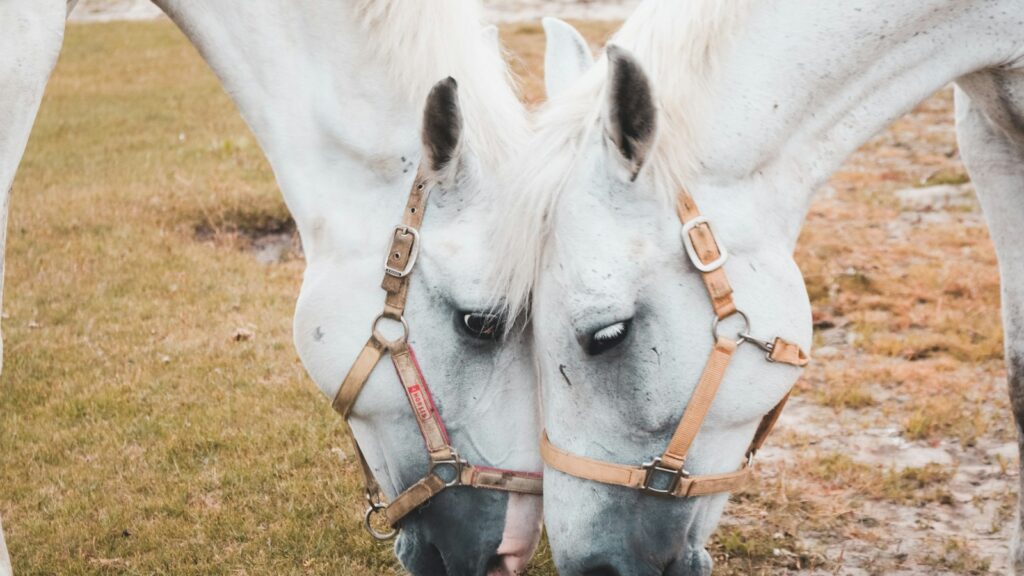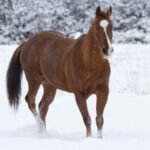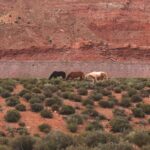Proper nutrition is the foundation of equine health and performance. As riders, understanding how to effectively feed our horses ensures they have the energy, strength, and vitality needed for training and competition. While many riders focus extensively on training techniques and equipment, feeding routines often receive less attention despite their critical importance. The way we time, portion, and select feed for our equine partners can dramatically impact their digestive health, energy levels, and overall wellbeing. This article explores seven essential feeding routines that every equestrian should incorporate into their horse care regimen, helping you optimize your horse’s nutrition for better performance and longevity.
Understanding the Equine Digestive System
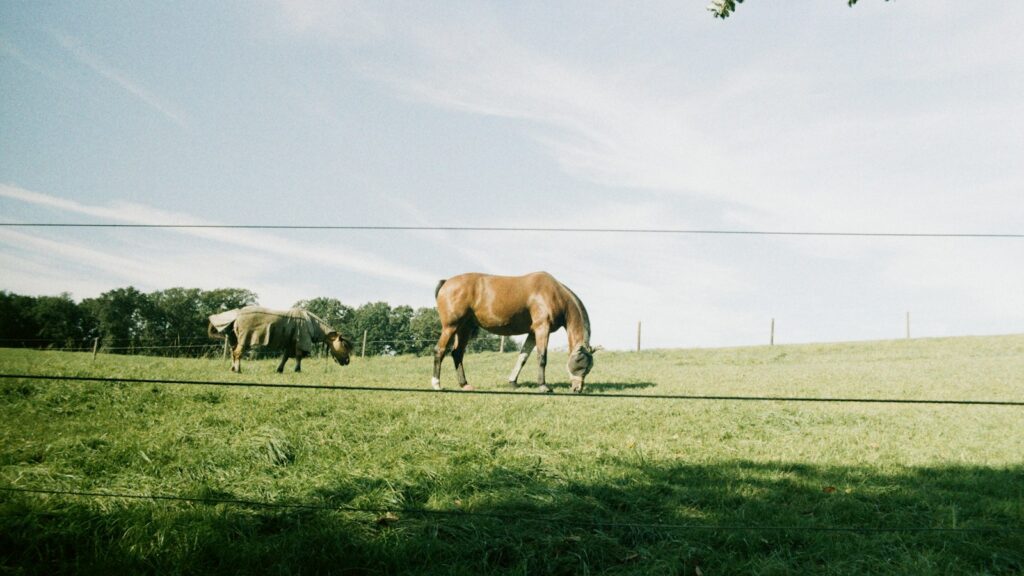
Horses have evolved as continuous grazers with digestive systems designed to process small amounts of fibrous foods throughout the day. Unlike humans, horses produce stomach acid constantly, even when not eating, which makes them susceptible to gastric ulcers if their stomachs remain empty for long periods. Their hindgut contains a complex microbiome that ferments fiber, providing essential nutrients and energy. This unique digestive physiology means horses thrive on frequent, fiber-rich meals rather than large, infrequent feedings. Understanding this fundamental aspect of equine biology should inform every feeding decision we make as caretakers and represents the cornerstone of developing appropriate feeding routines.
Establishing Consistent Feeding Times
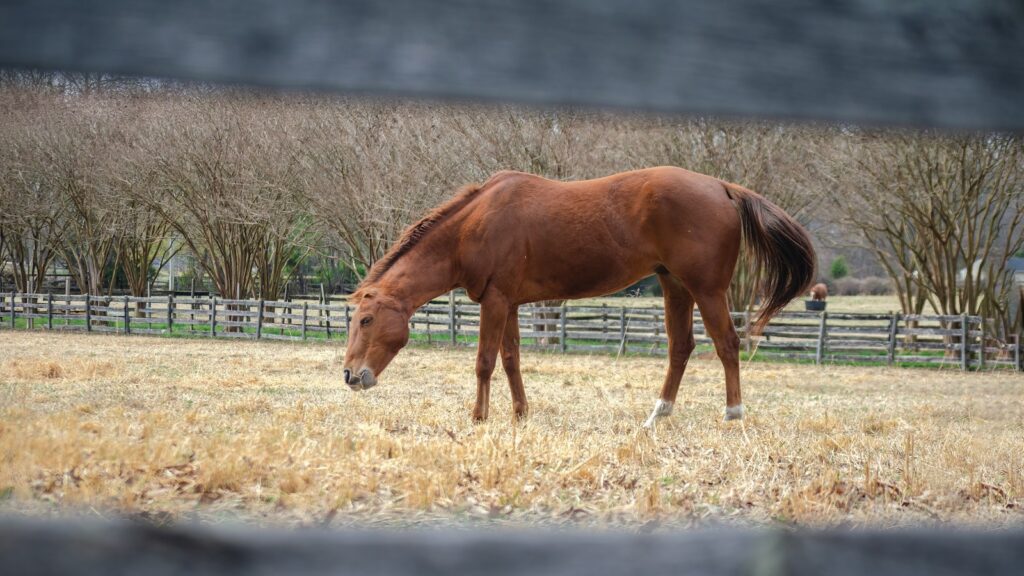
One of the most important feeding routines to establish is a consistent schedule that your horse can rely on day after day. Horses are creatures of habit with internal clocks that become finely tuned to their feeding times. Abrupt changes to this schedule can cause stress, potentially leading to colic or other digestive disturbances. Aim to feed at the same times each day, spacing meals evenly when possible to avoid long periods without food. Many professional stables maintain strict feeding schedules, typically offering hay and/or grain at morning, midday, and evening intervals. This consistency not only supports digestive health but also reduces anxiety and associated behavioral issues in horses who otherwise might worry about when their next meal will arrive.
The Multiple Small Meals Approach
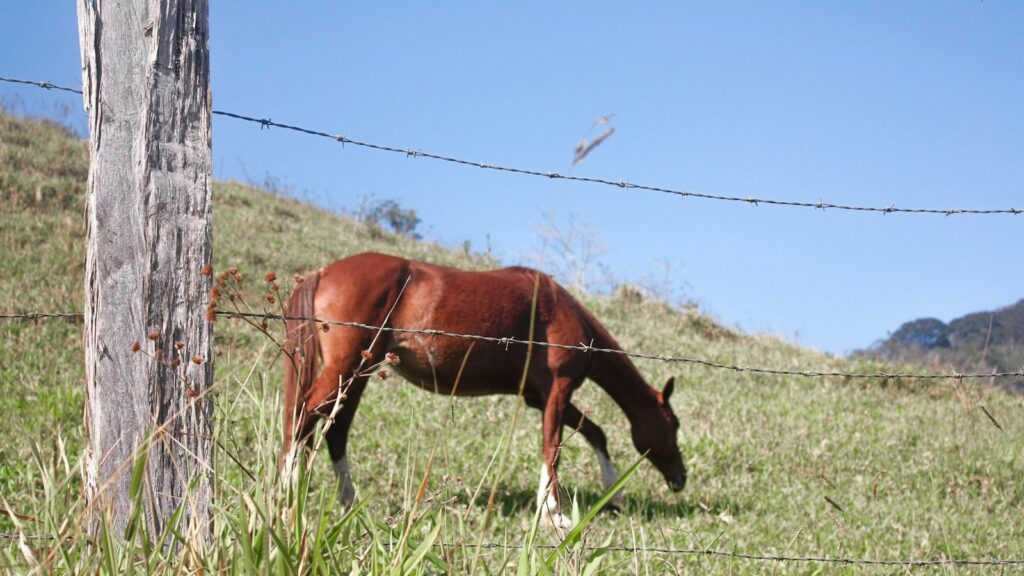
Given horses’ natural grazing behavior, implementing a multiple small meals approach rather than two large feedings optimizes digestive health and nutrient utilization. When horses receive several smaller portions throughout the day, they experience more stable blood glucose levels and reduced risk of digestive upset compared to consuming large quantities at once. This feeding routine is particularly important for horses receiving grain or concentrated feeds, which can overwhelm the digestive system when provided in large amounts. For performance horses, distributing calories across multiple feedings helps maintain energy levels throughout the day. While this routine requires more time and planning, automatic feeders or slow-feed hay nets can help facilitate this approach for busy riders with limited barn time.
Prioritizing Forage as the Foundation
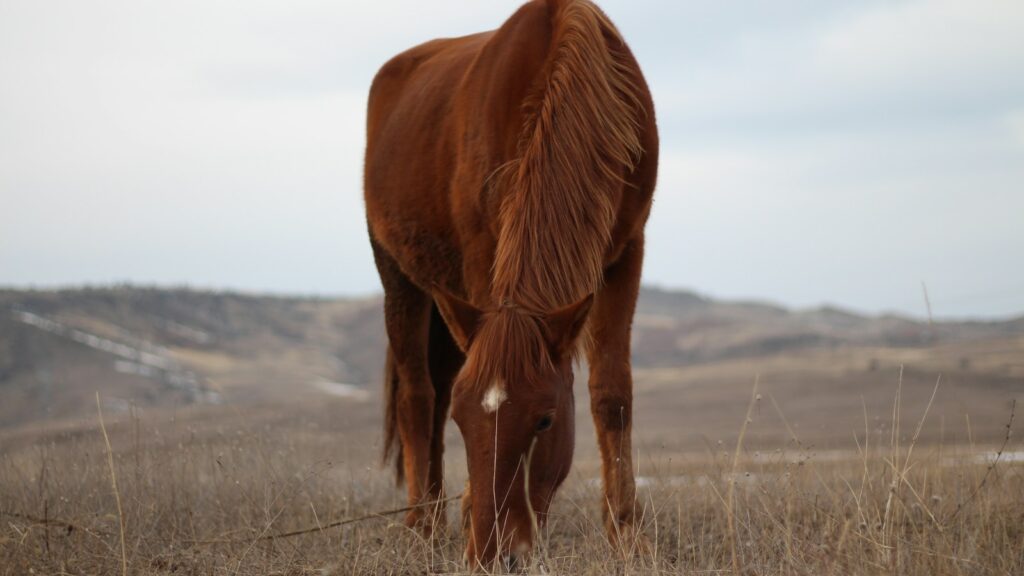
A fundamental feeding routine that every rider should practice is building their horse’s diet with forage as the absolute foundation. Quality hay or pasture should constitute the majority of a horse’s daily intake, ideally 1.5-2% of their body weight daily. This forage-first approach ensures adequate fiber to maintain healthy gut function and satisfies the horse’s psychological need to chew and forage. When designing feeding programs, calculate forage requirements first, then add concentrates only as needed to meet additional energy, protein, or nutrient requirements that forage alone cannot provide. For many horses with moderate work schedules, a diet of primarily good-quality forage supplemented with a vitamin/mineral balancer may be entirely sufficient, reducing the need for concentrated feeds that can contribute to digestive and metabolic issues.
Pre-Ride and Post-Ride Nutrition Timing
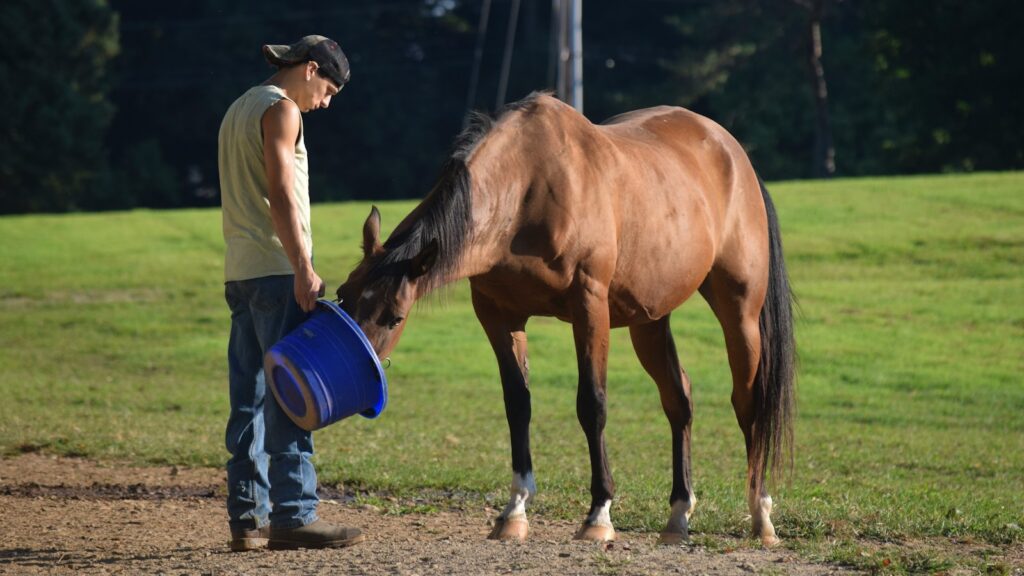
Thoughtful timing of meals around exercise sessions significantly impacts your horse’s performance and recovery. Avoid feeding large grain meals within 2-3 hours before intense riding, as this diverts blood flow to the digestive system when it needs to be available to working muscles. A small portion of hay before exercise, however, can help buffer stomach acid and reduce ulcer risk during work. After strenuous exercise, allow your horse to cool down completely before offering a full meal, though small sips of water should be available immediately. The post-workout recovery window of 30-60 minutes following exercise is an optimal time to provide easily digestible carbohydrates and protein to replenish glycogen stores and support muscle repair. This strategic timing of nutrients around workouts can enhance performance, speed recovery, and prevent exercise-related digestive issues.
Slow-Feeding Implementation
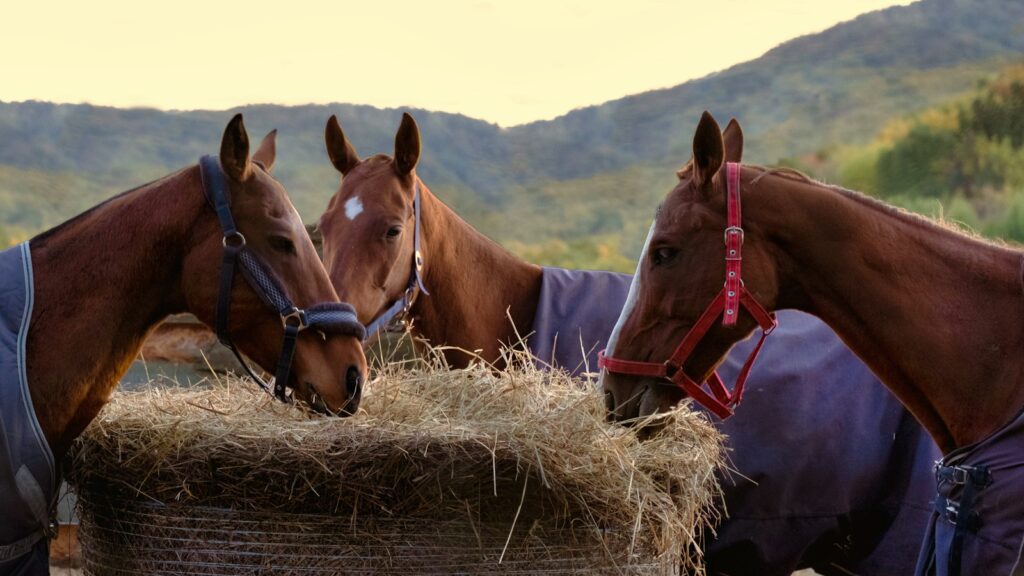
Implementing slow-feeding systems represents one of the most beneficial routines for mimicking natural grazing behavior while controlling intake. Slow feeders such as small-hole hay nets, hay balls, or specialized grazing muzzles extend eating time, preventing rapid consumption that can lead to choke, colic, or excessive weight gain. These tools effectively transform a limited hay ration into an all-day dining experience, keeping horses mentally engaged and their digestive systems functioning optimally. Studies show horses fed through slow-feeding methods spend significantly more time chewing, which increases saliva production that helps buffer stomach acid and reduces the incidence of stereotypic behaviors like wood chewing or cribbing. For horses on restricted diets, particularly easy keepers, slow feeders provide the psychological satisfaction of extended feeding time without the excess calories of unlimited access.
Hydration Monitoring and Management
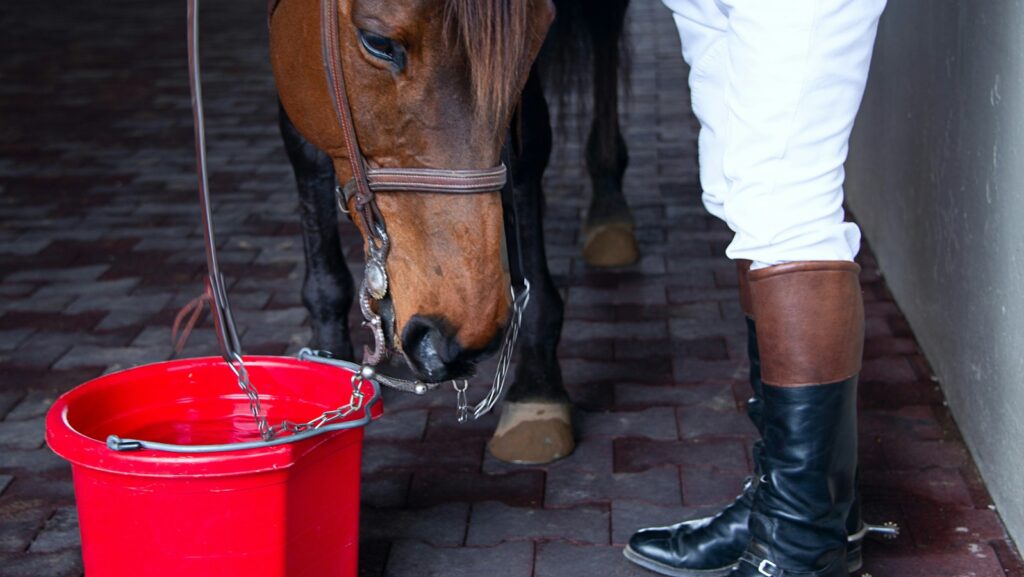
Though not always considered part of feeding routines, hydration management deserves equal attention in every horse’s nutritional program. Horses require 5-10 gallons of fresh, clean water daily, with requirements increasing during hot weather or heavy work. Establishing a routine of checking water buckets or troughs multiple times daily ensures continuous access to this essential nutrient. Some horses benefit from routine water temperature management, preferring water within certain temperature ranges and drinking less when water is too cold or warm. Adding a daily electrolyte supplement for horses in regular work helps maintain proper fluid balance and encourages drinking. For horses resistant to drinking away from home, incorporating flavoring agents consistently (like a splash of apple juice) can establish a familiar taste that encourages hydration at competitions.
Gradual Introduction of New Feeds
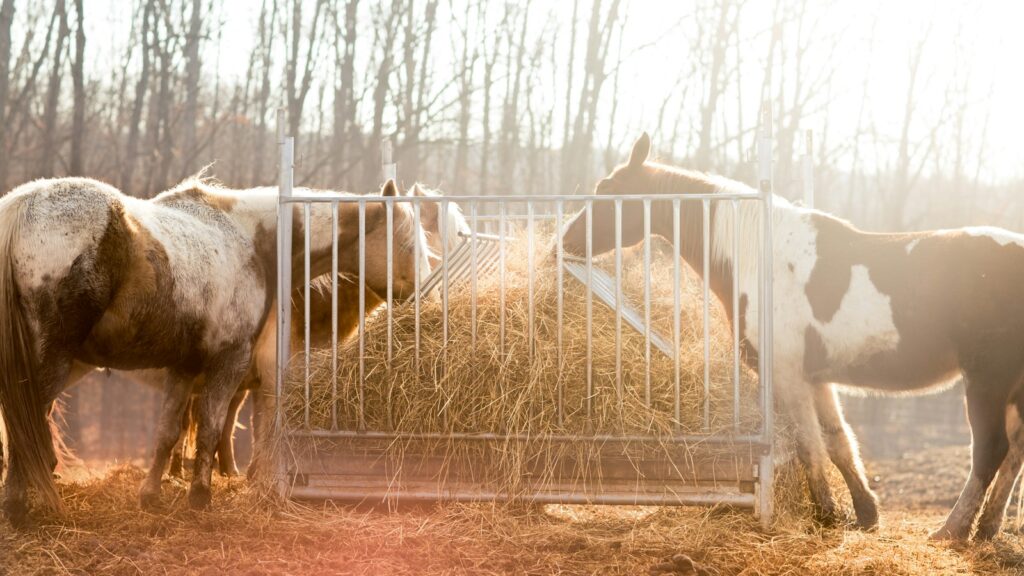
A critical feeding routine that protects your horse’s digestive health is the gradual introduction of any new feedstuff. Sudden changes in diet can drastically alter the hindgut microbiome, potentially leading to colic, laminitis, or diarrhea. When changing hay batches, grain types, or introducing supplements, implement a transition period of 7-14 days, gradually replacing the old feed with the new. This careful approach allows the digestive microorganisms to adapt to the different nutrient profile and prevents digestive upset. Even seemingly minor changes, like switching between similar types of hay, benefit from this measured approach. This routine requires planning ahead to ensure you don’t run out of a current feed before the transition is complete, but the investment in digestive safety is well worth the effort.
Seasonal Feeding Adjustments
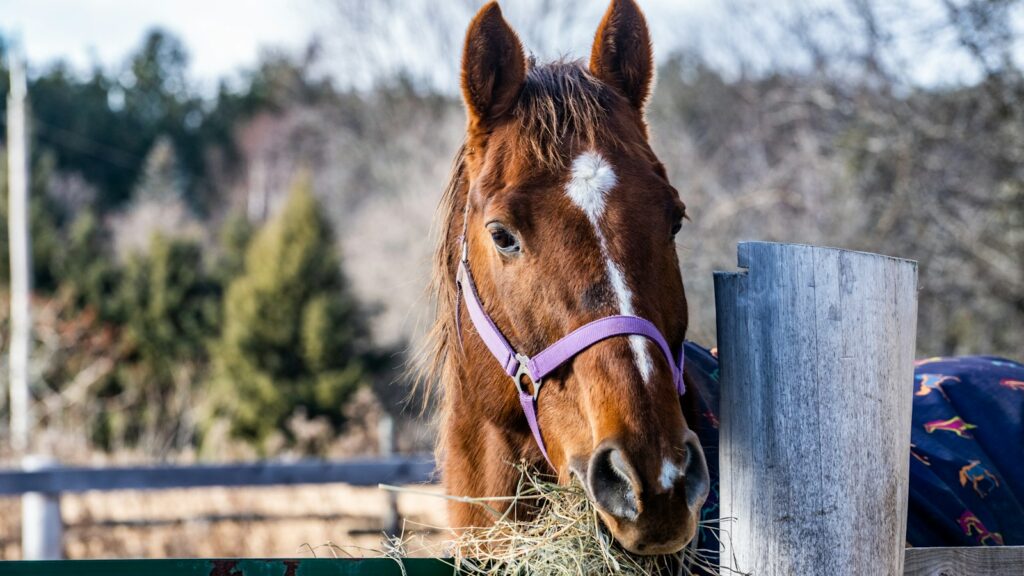
Implementing seasonal adjustments to your feeding routine accommodates changing environmental conditions and workloads throughout the year. During cold winter months, horses may require 10-25% more calories to maintain body temperature, particularly if kept outdoors or with limited shelter. Summer brings different challenges, with some horses reducing their intake during extreme heat while increasing water needs significantly. Seasonal changes in activity levels also warrant feeding adjustments—many horses work harder during show season and need additional energy, while winter layups typically require reduced caloric intake to prevent weight gain. A routine of regular body condition scoring (every 2-4 weeks) helps you catch these seasonal changes early and make appropriate adjustments before significant weight changes occur.
Individualized Feeding Based on Workload

Developing a routine of adjusting feed according to your horse’s specific workload ensures they receive appropriate nutrition without excess calories. A horse’s energy requirements can vary dramatically based on the intensity, duration, and frequency of work, with high-performance athletes potentially needing twice the calories of a recreational mount. Establish a system for tracking your horse’s weekly work schedule, noting duration and intensity of each session to guide feeding decisions. For horses with variable schedules, implement a baseline diet for maintenance days with specific additions for heavy work days. This might include additional fat sources before endurance rides, extra electrolytes after sweat-inducing sessions, or increased protein during periods of muscle building. This tailored approach prevents the common problems of overfeeding idle horses or underfeeding working athletes.
Regular Weight and Body Condition Monitoring
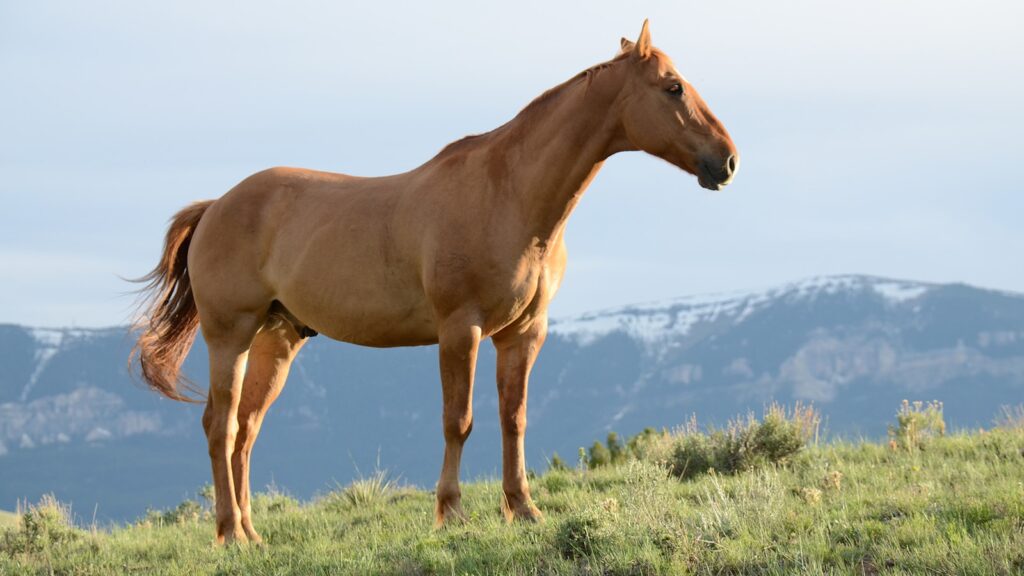
Implementing a consistent routine of monitoring your horse’s weight and body condition provides objective feedback on the effectiveness of your feeding program. Ideally, weigh your horse monthly using a livestock scale or weight tape, recording results to track subtle changes over time. Combine this with body condition scoring every 2-4 weeks, assessing fat coverage at key points like the ribs, tailhead, neck, and withers to determine if your horse is maintaining, gaining, or losing condition. Photographs taken from consistent angles can supplement these assessments, often revealing gradual changes that might otherwise go unnoticed. This monitoring routine allows you to make proactive, small adjustments to feed before minor issues develop into significant weight problems or nutritional deficiencies, and provides valuable data to discuss with equine nutritionists or veterinarians when seeking professional guidance.
Feed Storage and Quality Control
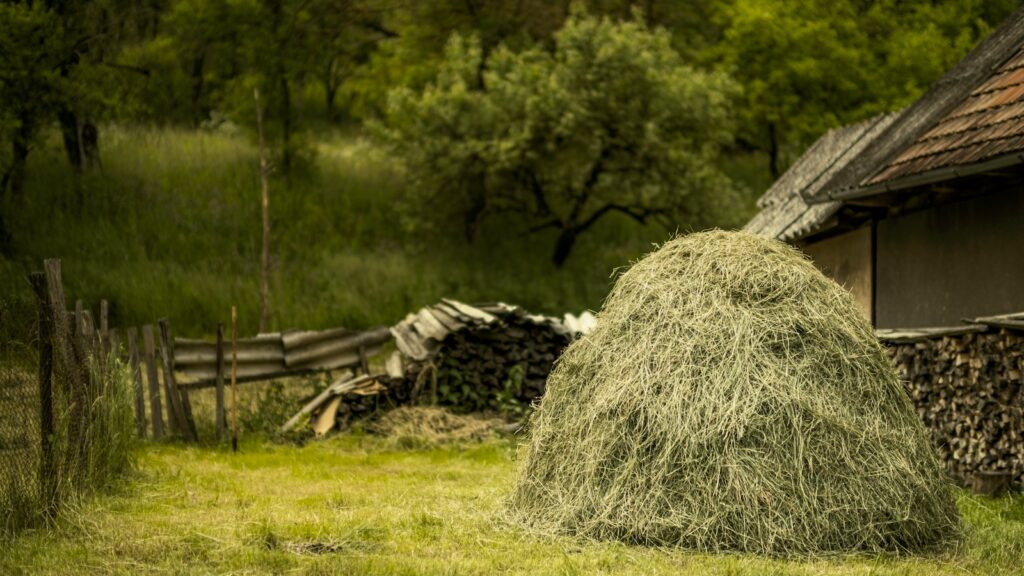
Establishing proper feed storage routines protects your investment and ensures your horse receives optimal nutrition from every meal. Store hay in dry, covered areas with good ventilation to prevent mold growth, and position bales on pallets to minimize ground contact and moisture absorption. Concentrate feeds should be kept in sealed containers to prevent rodent access and maintain freshness, ideally in cool, dry locations away from temperature extremes that can degrade nutrients. Implement first-in, first-out inventory management for all feeds, using older batches before newer ones to ensure nothing exceeds its shelf life. Regular inspection of feeds before serving allows you to catch quality issues like mold, insect infestation, or unusual odors that might indicate spoilage and could harm your horse if consumed.
conclusion
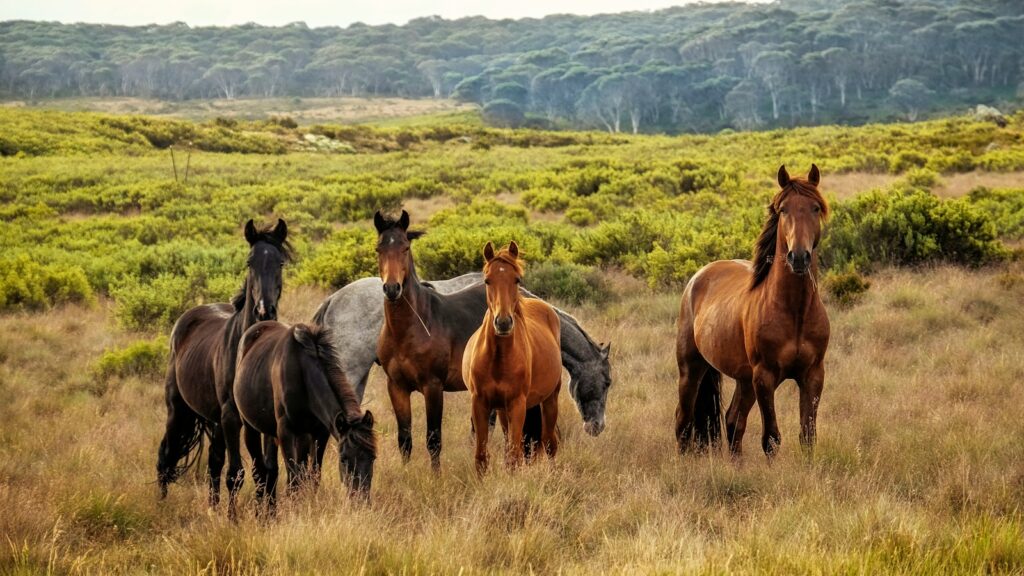
Implementing these seven feeding routines creates a comprehensive nutritional management system that supports your horse’s health, performance, and longevity. While each horse’s specific nutritional needs will vary based on age, breed, health status, and activity level, these fundamental routines provide a framework that benefits all equines. By prioritizing consistent timing, appropriate portioning, quality forage, strategic meal placement around exercise, and regular monitoring, riders can optimize their horse’s digestive health and energy utilization. Remember that nutrition represents one of the most powerful tools we have to influence our horses’ wellbeing—a responsibility that deserves the same attention and care we devote to our training and competition goals.

